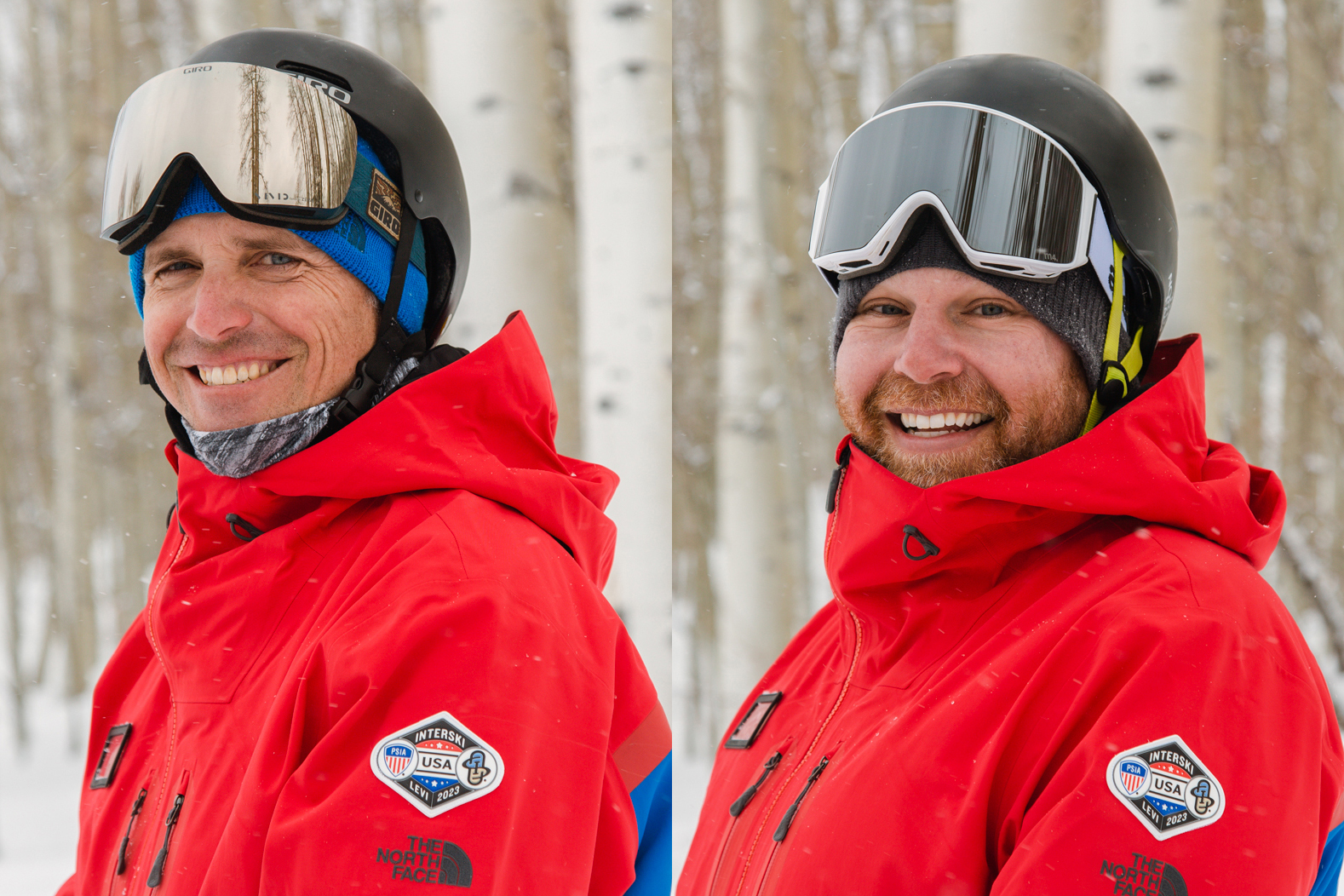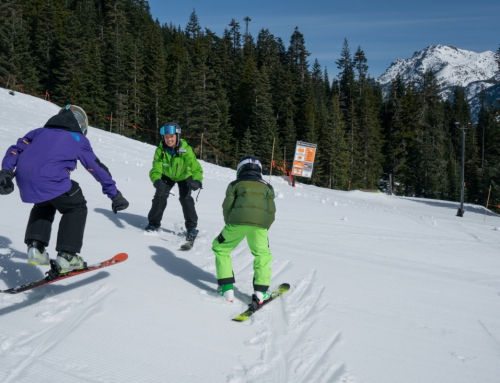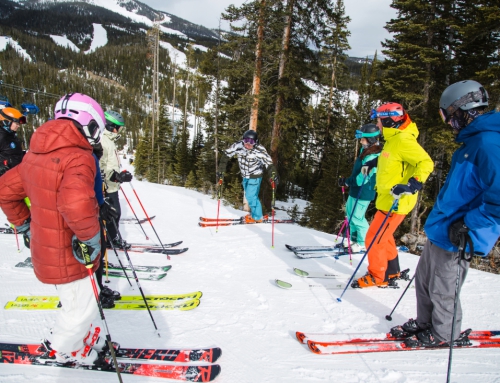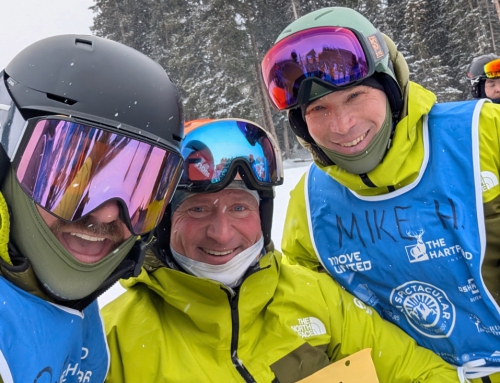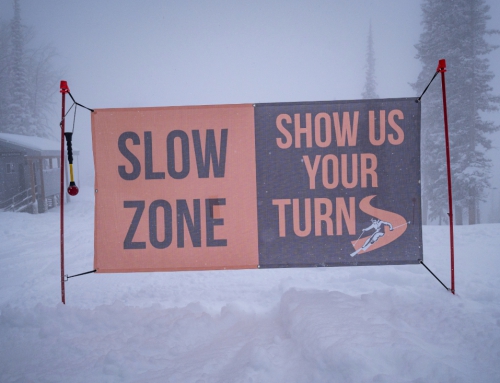Interski 2023: Snowboard Top Takeaways from Argentina
Held every four years, Interski brings instructors together from around the world. The event offers a valuable educational opportunity for snowsports educators to share their innovations and core beliefs. It gives PSIA-AASI, through its national team, an opportunity to compare the American Teaching System with educational approaches of other countries and bring home ideas that help PSIA-AASI members improve and evolve.
Here, AASI Snowboard Team members Chuck Hewitt and Chris Rogers share their top takeaways from the Argentina workshops they attended at the event.
Chuck Hewitt’s Top Takeaways from Argentina’s “Technical Foundations” Workshop
In this workshop, when you ride with “the force,” the focus is on the point where the center of mass and board cross paths and begin to take a different trajectory.
At this point, you need to loosen the ankles and allow your feet to feel the snow beneath as the board flattens out. Remember to breath as you extend to release the edge angle. This makes movements more efficient and allows you to recenter and relax as you make your turns.
The focus is more of an external cue and less of an internal one. Understanding the timing of the forces that allow you turn will have a better outcome than focusing on a specific movement.
External cues for students could be an interesting concept, especially breathing technique as a way to get students and instructors to relax and focus on more efficient movements.
Chris Rogers Top Takeaways from Argentina’s “Optimal Freestyle Learning” Workshop
Argentina organizes their teaching methodologies into two categories: Global Method and Analytical Method. We took the same freestyle trick and worked through it using the two different styles.
Using the Global Method, we looked at the overall trick/turn:
- Instructor gives a simple explanation and demos it and lets the guest try it.
- Instructor gives feedback about a specific part of the trick and highlights something to try differently.
- Instructor changes a variable (terrain, board, timing etc.), for example putting a glove on the snow to indicate where to try the trick. You can then continue progression by making it more difficult or changing variables.
Using the Analytical Method, we highlighted pieces of the overall trick to make changes:
- Break a trick down to one piece of the progression and correct one part of the trick.
- Focus on successive pieces of the trick as building blocks.
- Continue to challenge and freeride to expand the application.
Argentina spent time categorizing different ways we teach and organizing the information into an accessible and trainable model. Organizing and describing the different ways we do this promotes instructors thinking about ways to tweak their teaching to improve a lesson.

